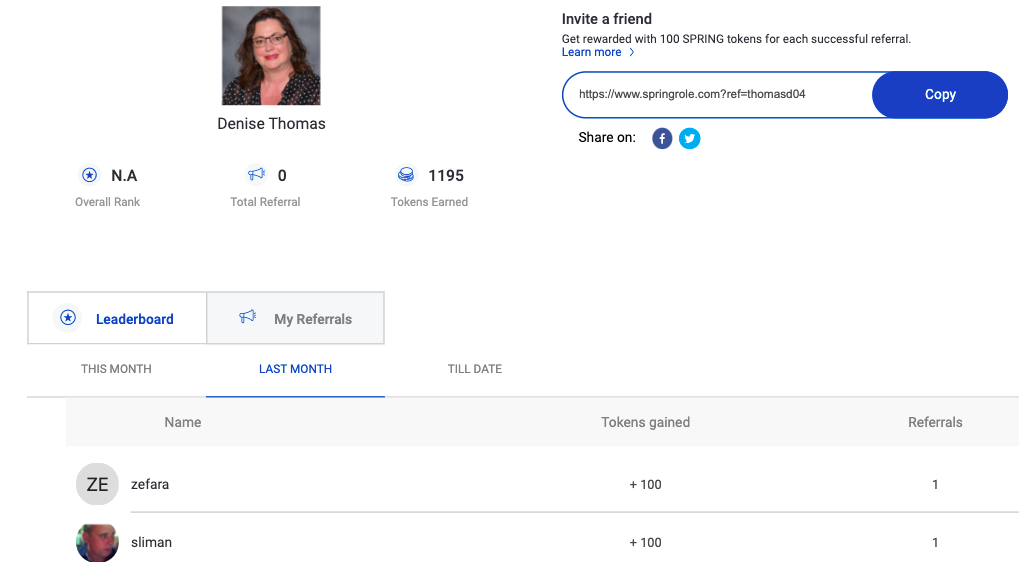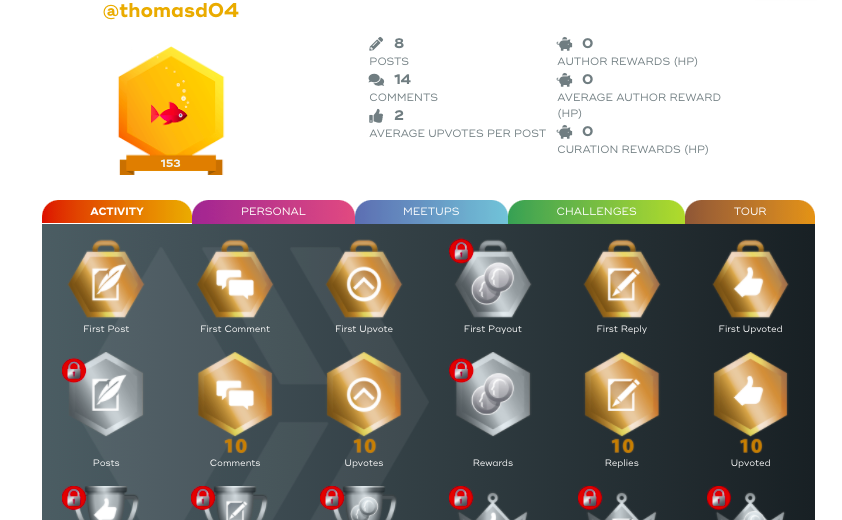Whether you are a K-12 student, a college student, or simply an adult participating in social media, most get a thrill from seeing their progress in a platform's digital reward system. However, for most, this only plays a part in the engagement. Other factors play a role as well.
I was never one to engage in Social Media platforms for anything other than keeping up with friends and family or selling items on Marketplace. I simply don’t have the time or don't find the time spent worthwhile. However, I have witnessed others feel a sense of pride when they check their posts and see the number of “likes” steadily increasing. I have heard some of my students bragging about their TikTok views. These students feel like they are famous!
In a current graduate class, I was introduced to SpringRole & HIVE Blog. I did not even realize that SpringRole had a leaderboard. The only part of this platform that I paid attention to was the Tokens. While it was kind of fun watching this number increase, my real concern was that I would have enough tokens to spend on endorsements required by our assignments. Now that I know that there is a Leaderboard, I am nowhere near showing up on it. This is not very motivating.

HIVE Blog’s reward system, HIVE Buzz, is much different. While maintaining the amount of HIVE and HIVE power to complete the assignments required for my course was challenging at times, there were parts that helped with engagement. Watching as my “vest” score steadily increased over the past 7 weeks brought me a sense of accomplishment and pride. When I started to earn new badges, I admit that I looked to see what badges I could work toward next. However, I didn't really have the time to put into anything “extra” in order put into working toward these goals.

Although I am an advocate for reward systems, especially those that are done well, I don’t believe that these types of rewards are often not enough on their own. Most people, no matter their age, are not going to be motivated by these rewards if they do not lead to some other tangible payout. The tangible rewards for students in my graduate course are the grades and achieving our Master's Degree. I see the exact same motivation with my Middle School Math students. I recently started using Khan Academy for end-of-the-year review. While at first, students could be heard comparing badges, the number of energy points they had earned, and what avatar they were able to get (based on their amount of energy points), I kept getting the same question. “How many points are we gonna get for this?” Students were engaged and motivated by Khan Academy’s reward system, but only if the work they were doing would help their grades in my class as well. In addition, if my students felt like I was not giving them enough time to work on Khan Academy in class, the digital rewards system fell flat.
I believe that digital rewards systems definitely have a positive impact on engagement, but only when participants feel they have the time to devote to the platform. In addition, we live in a material society, and engagement for most activities is strongly dependent on other tangible rewards (grades, cryptocurrency, promotion of a business/event/product/image, and profit).
Your remarks about not having the time to devote to a particular platform to even contribute enough to show up on its leaderboard is well taken. Furthermore, like you said, it is rather unmotivating for the user to see that they are nowhere near achieving certain badges (in Hive's case) or token (in Springrole's case). I definitely felt that way with those other levels of badges displayed on the Hive leaderboard. And, as you also point out, in order for a rewards system to really work, the user has to know that they will lead to a "tangible payout". In this regard, I can see that my level of activity (or inactivity) with both Hive and SpringRole did not result in much of a "payout". However, I did appreciate learning about what they can do to promote social interaction (Hive) and enhance a portfolio profile (SpringRole).